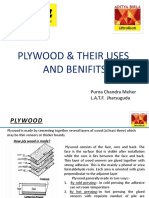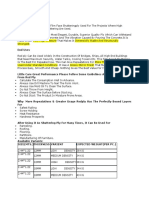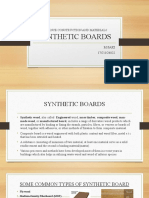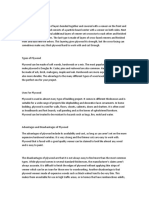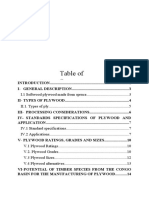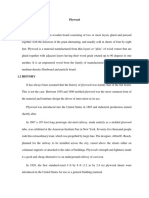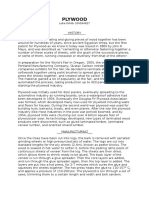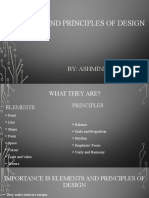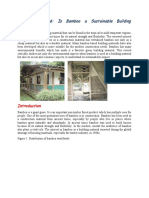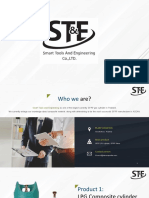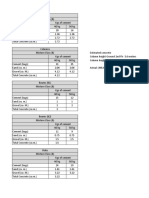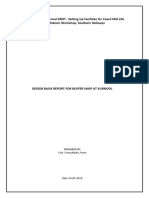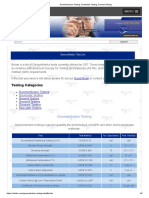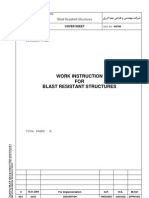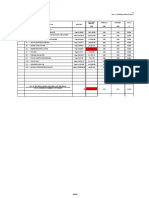0% found this document useful (0 votes)
225 views7 pagesComprehensive Guide to Plywood
Plywood is an engineered wood product made from thin layers or plies of wood glued together with adjacent layers rotated up to 90 degrees to each other to form a flat panel. It is widely used in construction for applications like walls, flooring, and furniture due to its strength, stability, and resistance to warping. The document discusses the manufacturing process involving steaming wood veneers before peeling and gluing with adhesives. It also outlines common types and grades of plywood along with their advantages like strength and disadvantages such as being prone to splintering.
Uploaded by
Ashmine KaurCopyright
© © All Rights Reserved
We take content rights seriously. If you suspect this is your content, claim it here.
Available Formats
Download as PDF, TXT or read online on Scribd
0% found this document useful (0 votes)
225 views7 pagesComprehensive Guide to Plywood
Plywood is an engineered wood product made from thin layers or plies of wood glued together with adjacent layers rotated up to 90 degrees to each other to form a flat panel. It is widely used in construction for applications like walls, flooring, and furniture due to its strength, stability, and resistance to warping. The document discusses the manufacturing process involving steaming wood veneers before peeling and gluing with adhesives. It also outlines common types and grades of plywood along with their advantages like strength and disadvantages such as being prone to splintering.
Uploaded by
Ashmine KaurCopyright
© © All Rights Reserved
We take content rights seriously. If you suspect this is your content, claim it here.
Available Formats
Download as PDF, TXT or read online on Scribd
/ 7
